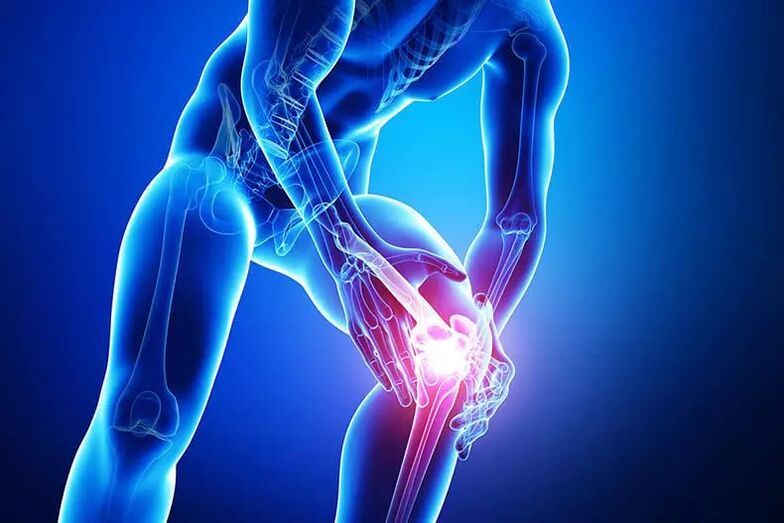It's important to understand If joint pain is detected during exercise, it is necessary to select a separate set of therapeutic exercises, study the technique of performing them and exclude exercises with contraindications. With this diagnosis, it is important to attend therapy regularly, undergo a complete course of treatment in a specialized center, and later you need to keep yourself healthy in a preventive way.

Cause of pain
- The ends or articular surfaces connecting bones;
- joint capsule;
- The joint cavity contains lubricating fluid (called synovial fluid).
Physical activity and its effects on joints
Symptoms of pain during exercise
- Severe joint deformation occurs;
- Strong, severe pain when making any movement of the limbs;
- Rapid swelling of nearby tissues;
- Whether there is bruising (which occurs when a ligament is torn);
- The local temperature of the injured area increases.
- The legs are forced into a bent position;
- The onset and persistence of acute pain;
- Swelling develops quickly.
- Pain may be felt during exercise and at rest;
- The pain is localized near the joint and spreads up or down the limb;
- When moving, sounds occur - squeaks, clicks, grinding;
- Swelling and redness of the skin around the "problem" area.
Types of pain during exercise
Main causes of pain
How to protect yourself from harm?
How to prevent joint pain after training?
Prevent joint pain during physical activity
- Be sure to do warm-up exercises before performing the main exercises. This is necessary to "warm up" the muscles and prepare the joints for strength exercises;
- If you suffer any injury, be sure to stop exercising immediately, rest until complete recovery, and exclude dangerous sports from the complex.
How does treatment work?
- For spinal pain - MRI or CT (magnetic resonance or computed tomography) of the problem area;
- Joint pain – X-ray;
- Presence of concomitant diseases - medical history or outpatient card extract;
- Comfortable (athletic) clothes and shoes
- How long have you had this problem (stage of disease)
- How your body prepares for physical activity (whether you do gymnastics or any type of sport). . . -
- Relieve aggravation? - One or two cycles is enough,
- Restoring functionality?
- Keep walking (climbing stairs),
- bend down to do certain tasks without effort
- Staying still for long periods of time while traveling (on a plane, in a car. . . )
- promote? support? Won't it make things worse?
- Three or more treatment cycles may be required. . .






































